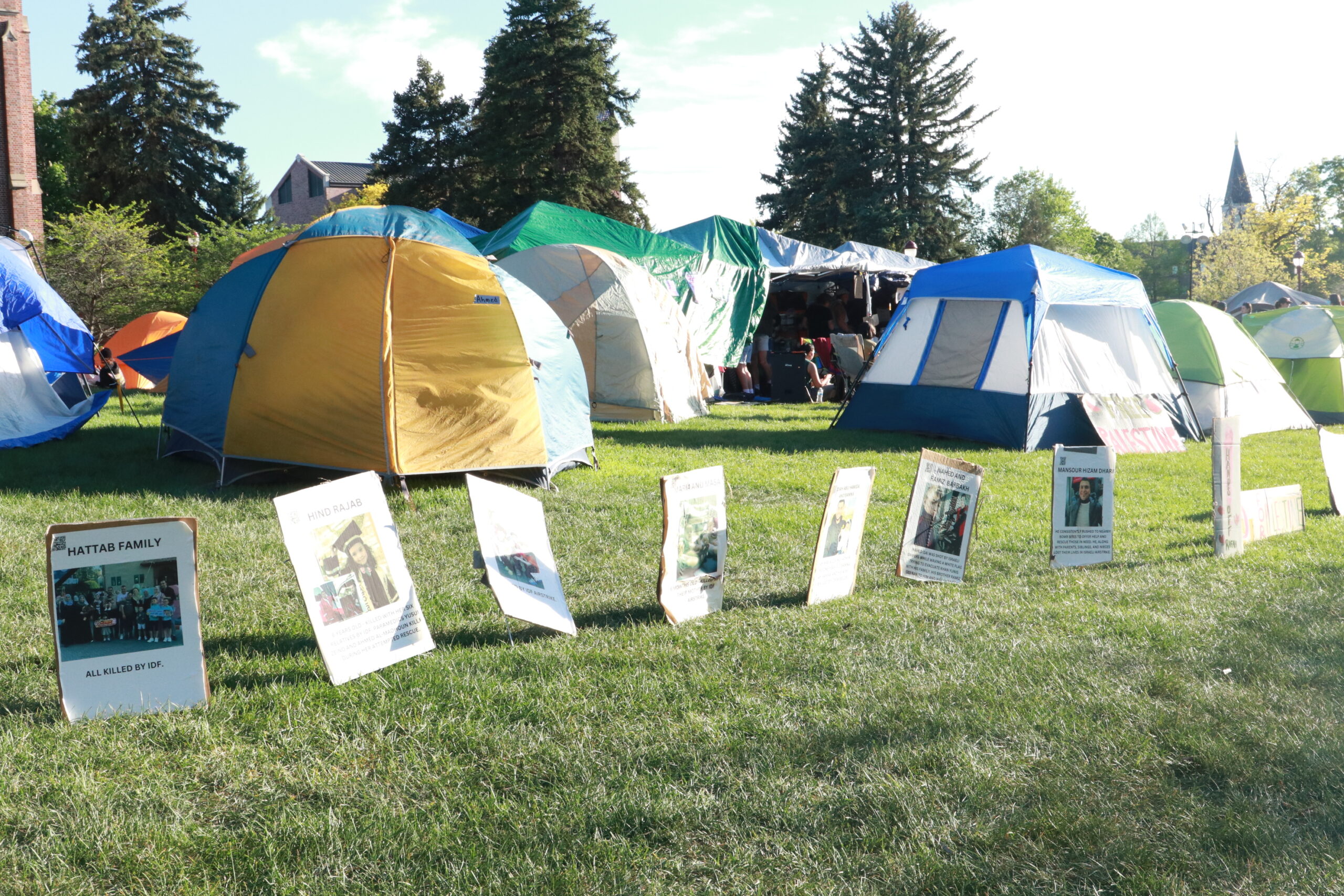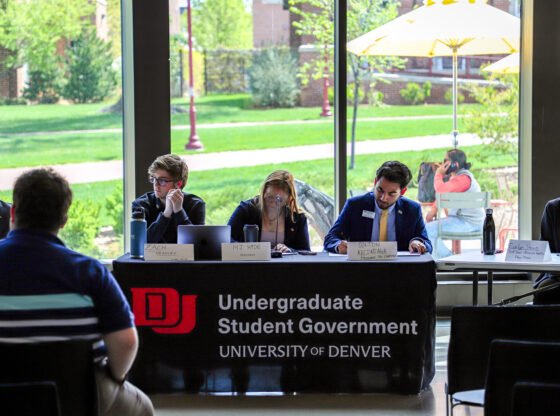From Feb. 20-22, President Biden marked the one-year anniversary of Russia’s invasion of Ukraine with a scheduled visit to Poland after an unannounced trip to Kyiv. Hoping to inspire continued European commitments to the Ukraine war effort, Biden met with his Polish and Ukrainian counterparts to discuss bilateral defense cooperation in the face of Russian military aggression.
Prior to visiting Poland, Biden traveled via train to Kyiv with only a skeleton administrative crew. While the plan had allegedly been in the works for months, most officials were only made aware of the trip hours before his departure. Those informed of Biden’s intentions included Russian officials in hopes the notification would serve “deconfliction purposes.”
The surprise visit to Ukraine marked the first time in recent memory a U.S. president has journeyed to a war zone not controlled by U.S. troops.
After traveling back to Poland, Biden met with both President Andrzej Duda and Prime Minister Mateusz Morawiecki to discuss the possibility of increasing troop presence in the country. This meeting comes after a June 2022 commitment by Biden to permanently establish an army headquarters in Poland as a response to continuing Russian aggression.
President Biden then delivered a speech in front of the Warsaw Castle to a crowd of Polish citizens and Ukrainian refugees. Committing NATO to stand by Ukraine for as long as it takes, Biden stated, “the appetites of the autocrat cannot be appeased, they must be opposed.”
Biden also proclaimed the NATO alliance is its most consequential in history and Russian efforts to fracture the union are useless. The President also discussed the anticipated Russian springtime offensive, which Ukrainian President Volodymyr Zelensky has continued to argue will require renewed security packages from NATO states.
While Biden was in Ukraine, the State Department announced a new security assistance package totaling $450 million worth of artillery ammunition, anti-armour systems and air defense radars in addition to $10 million for energy infrastructure reconstruction.
President Biden’s speech coincided with Russian President Vladimir Putin’s State of the Nation Address on Feb. 21. In his address, Putin announced Russia will withdraw from the New START arms control treaty, which was the only remaining nuclear arms control deal between the U.S. and Russia. Putin also reported a new “strategic system” had been activated for the potential resumption of nuclear tests.
Following his meetings with Polish officials, President Biden met with members of the Bucharest 9 or B9 coalition. Created in 2015 following the Russian annexation of Crimea, B9 nations are all located on the eastern NATO flank and are members of both the European Union and NATO. Several of the nations, including Estonia, Latvia, and Lithuania, were all part of the former Soviet Union bloc. The other six states, including Bulgaria, Hungary, Poland, Romania, Slovakia and the Czech Republic were signatories of the now-dissolved Warsaw Pact.
The B9 was formed with the ever-growing threat of Russian military aggression in mind. A statement released by the group in 2018 describes the group as an indivisible coalition of “like-minded countries” that “sense the menace emanating from the Russian Federation and have the negative historical experience of interaction with Moscow, albeit being under the NATO umbrella.”
In the context of the ongoing Ukraine War, the B9 has been among the most vocal proponents of greater United States military support for Ukraine. President Biden hopes to rally these allies for their continued support of the Ukrainian war effort while reaffirming America’s unwavering support of regional security. Prior to his arrival in Poland, however, Lithuanian President Gitanas Nauseda called for greater American investment in European security matters as eastern flank states increasingly worry about future Russian military plans.











